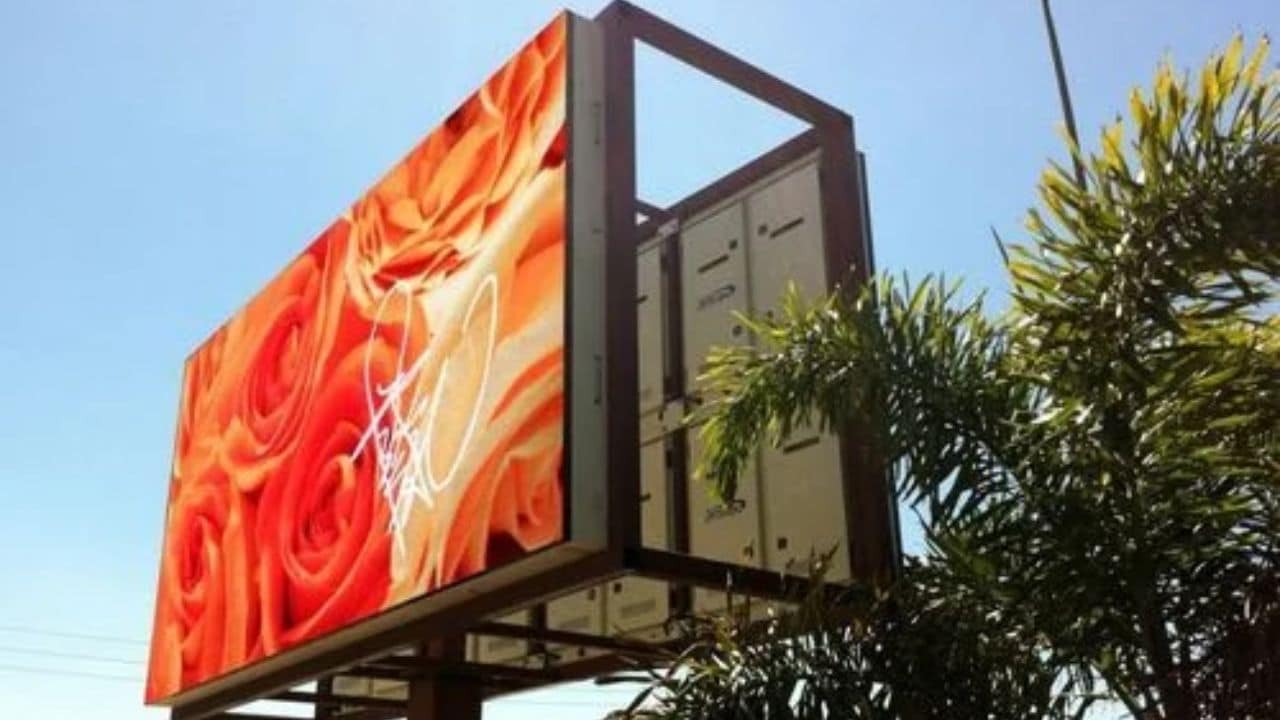The Brihanmumbai Municipal Corporation (BMC) is on track to release a newly drafted revised OOH advertising policy following the Ghatkopar incident, by the end of August, sources close to the development shared.
The new policy with revised guidelines and new additions and provisions, is aimed at bringing in greater transparency, accountability, and stricter norms to check violations.
On July 5th, BMC released the draft of these guidelines, which were then made public for feedback.
Read more: BMC’s draft guidelines to regulate hoardings are to be unveiled today
The policy has new stringent clauses including hoardings’ height capped at 100 ft., a complete ban on hoardings on footpaths, right-of-way on national highways, automatic switch off for Digital-OOH (DOOH) at 11 pm and no new hoardings within 50 meters around statues of national importance.
BMC can also put a complete ban on video or animated ads on DOOH, basis the recommendations from the traffic police, as they cause a great distraction for the people on the road.
The draft policy, which is said to have significant implications on OOH advertising in the city, also revealed no hoardings on rooftops and no ads on glass facades. Additionally, third-party insurance and QR codes with agency details on hoardings are to be mandatory, followed by stringent rules for DOOH also.
The draft has been prepared in consultation with Ernst & Young. Additionally, a seven-member committee including experts from IIT Mumbai has framed rules for luminosity and fixed timings of the DOOH screens.
On July 1st, State Minister Uday Samant sent notice to the parliamentary assembly and highlighted that the Maharashtra government will introduce a new policy on hoardings in the Mumbai Metropolitan Region. He also mentioned that a committee led by retired chief judge Dilip Bhosle of the Allahabad High Court is looking into the issue.
“Although the draft may not address every possible future scenario, it is seen as a step in the right direction. The outdoor advertising companies understand the need for such regulations and are supportive, recognising that adherence is crucial to prevent future incidents,” said an industry expert.
Read more: Various civic bodies spur into action to ensure safety of ad hoardings
“The new OOH policy is expected to be released by the end of August. Timely implementation is critical, as delays could result in significant business losses for brands and agencies alike,” added a close source.
The OOH policy guidelines listed on the BMC portal include:
-Permit will cease to exist after three months of expiry instead of six months.
-Permission for hoarding near high tension wire will be subject to specific NOC from the concerned Electricity distribution company.
-While finalising the policy for grant of permission for banner / boards / flag, etc., adequate care has been taken to keep in mind the “Code of Conduct” to grant permission for political displays during elections.
-Policy promoting digital advertising has been introduced- malls, sopping complex, commercial buildings, petrol pumps and multiplexes can apply for digital LED advertisements, fees for which will be will be at par with non-digital advertisements.
-All existing hoardings on the terrace and with less than 100-metre distance between two hoardings can apply for converting their existing structures to digital hoarding structures.
-Levels of appeals against rejection/ cancellation orders have been simplified in the new policy.
-Advertiser has to obtain No Objection Certificate from Joint Commissioner of Police (Traffic) for illuminated or digital hoardings, which will be deemed valid until there is any change in lateral size, lowering of height or change in position of the hoarding or any structural change.
-All offices of MCGM can put up hoardings/ banners for display of civic messages without any explicit need for permission for the same.
-Policy regarding blacklisting of the advertiser/ permit holder for frequent violations on account of non-payment of fees has been introduced.
-The policy for granting permission for display of banner has been incorporated which supersede all previous circulars issued in respect of the display of banners.
Additional guidelines include:
-Hoardings maximum height capped at 100 feet from the ground level.
-Illumination of all OOH ads will be switched off at 11 pm. For this, an automatic timer device needs to be installed.
-Hoardings to maintain a least 25-meter distance from the stop line of each approach road at traffic junctions.
-No hoardings allowed on footpaths/ ‘Right-of-way’ on national highways.
-Denial of permission to set up hoardings on rooftops of buildings as well as glass facades
-Inclusion of QR codes on all billboards, which will have details of the owner, the agency, the date of issuance of the licence, and more.
-Mandatory third-party insurance
-Only V shape back-to-back placement of hoardings is permitted and L shape is excluded
-Distance between two hoardings should be of minimum 70 meters
-Distance between mobile hoarding and static hoarding placement should not be less than 30 meters. For foot overbridges and skywalks, the distance mandated is 10 feet.
-Structural audits of all hoardings every two years and geotechnical audits every five years
-Maximum allowable life for hoarding will be 50 years from the first approval
